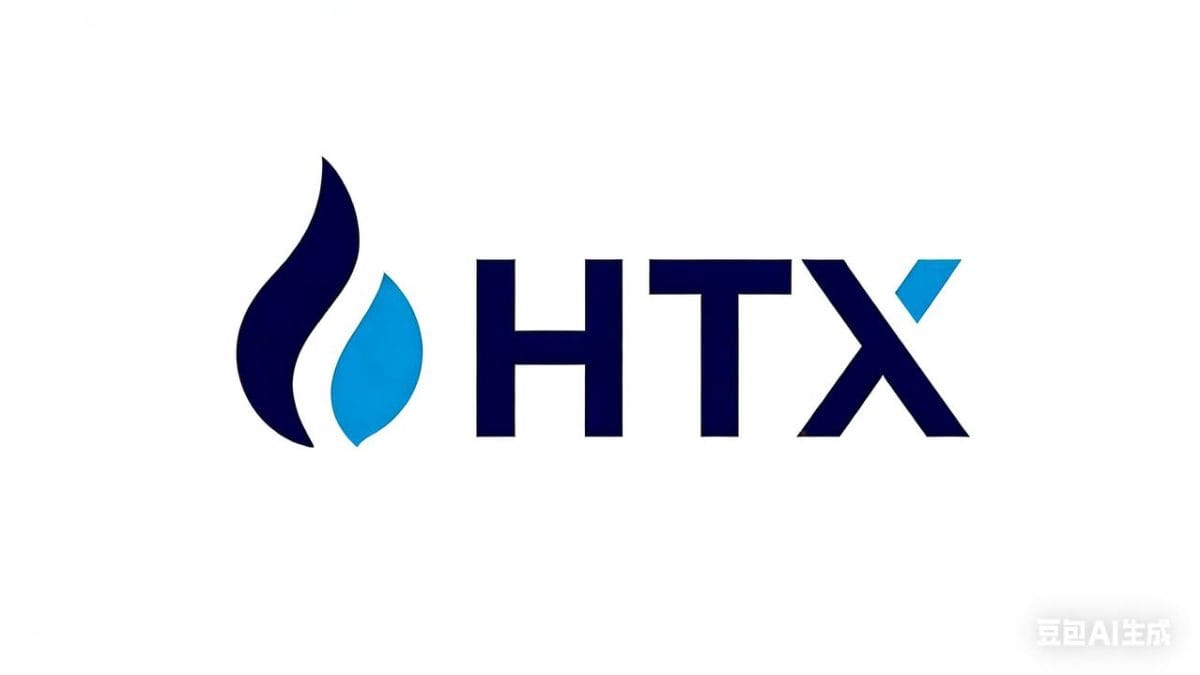Ether Capital CEO: The ‘age of tokenization’ of real-world assets is coming

Quick Take
- Regardless of setbacks, developers must deliver code when it is ready, not when investors demand it out of profit-driven motivations, Ether Capital CEO Brian Mosoff told The Block.
- Ahead lies an “age of tokenization” where real world assets begin to show up in markets like Uniswap, Mosoff said.
There are a lot of reasons to be bullish on what’s happening with Ethereum even if you can’t unstake your ETH just yet, Ether Capital CEO Brian Mosoff said in an interview with The Block.
Mosoff says he is “bullish on Ethereum staking in 2023,” arguing that upgrades to the protocol — like the long-awaited switch to proof-of-stake and a soon-to-be-release update that will allow unstaking on the network — will potentially drive additional capital into ETH.
Ether Capital recently upped its staked ETH balance by 7,488 ETH ($11.8 million). This brings the total amount staked by the company to 28,000 ETH ($44.2 million), or about 62% of its total ETH holdings.
Despite setbacks that may have given some the impression that “upgrades are never going to ship,” Mosoff takes the position the successful Ethereum Merge should have “put those ideas to bed.”
“It's not important if they happen on time or get delayed,” said Mosoff, adding, ”The reality is developers are in the business of shipping things when they're going to work,” as opposed to timelines imposed by the profit-driven expectations of investors.
For its long-term goals, Ether Capital aims to stake as much as 100% of its ETH when possible, although there is “no rush to get there,” said Mosoff.
Still, the company’s capacity to provide accounting, reporting, and back office monitoring leaves Ether Capital well positioned to go “full steam ahead on ETH staking,” according to Mosoff.
Capital unleashed by The Merge and un-staking
As “one of the most important and technically complex upgrades in crypto history or in any Internet protocol,” the Ethereum Merge served as a catalyst that potentially unlocked sidelined institutional capital, Mosoff noted.
Indeed, The Merge introduced the capacity to stake ETH in lieu of proof-of-work mining as a means of consensus. However as of now, any staked ETH cannot be unstaked until a much-anticipated Shanghai goes live, scheduled for March.
Once it is possible to stake and unstake ETH, creating liquidity outside of current liquid staked ETH token offerings, Mosoff reckons that institutional perspectives of the ecosystem will begin to change. “I think that people will, from an institutional standpoint, be excited about ETH once it has liquidity,” he said.
But for some organizations, that enthusiasm has been quashed as institutions that were avidly watching for entry points into crypto may be more likely to be sidelined at present following the bust of multiple trustworthy platforms at the end of 2022, said Mosoff. This could stay the case until comfort levels return.
Diversification and self custody
For those that manage to allocate assets into crypto, Mosoff said he doesn’t expect every Exchange-Traded Fund or family office to custody their own assets and run a multi-signature contract like Ether Capital. However, at minimum, “they should be thinking about diversification.”
“There isn't meaningful insurance in this space. I know that some custodians say that there's insurance on the hot wallet, insurance on the Cold Wallet, but when you really start reading the terms, you realize that some of these custodians may be holding tens, you know, $30, $40, $50 billion-plus of crypto assets, but there's only a few hundred million [dollars] of cover,” said Mosoff. This sometimes may be covered by the company’s own balance sheet.
In the case an insurer without sufficient coverage goes under, with losses in the billions, “I'm not sure that a few hundred million dollars is going to go a long way,” said Mosoff. The best form of insurance, he said, comes either via self-custody following best industry practices and procedures, or integrating multiple custodians and staking providers with a means to holistically monitor them.
What lies ahead for crypto
In the future, “there's more likely a scenario where the businesses fail and the tokens do well over the next five or 10 years,” said Mosoff, estimating Bitcoin may trade around $100,000 with ETH trading between $5,000–$10,000.
What does the next cycle hold? “The age of tokenization of actual real world assets,” said Mosoff, meaning where those assets begin to manifest in markets like Uniswap or others like it. Amid a full spectrum of crypto-native activities, he said that banks and governments will build stablecoins and central bank digital currencies.
Mosoff doesn’t foresee Ether Capital diversifying beyond ETH in terms of crypto allocation. “I don't see us wavering from that in terms of Treasury exposure,” said Mosoff. “I just don't think that that's part of our DNA.”
Correction: Mosoff's name was corrected throughout this story.
© 2025 The Block. All Rights Reserved. This article is provided for informational purposes only. It is not offered or intended to be used as legal, tax, investment, financial, or other advice.



